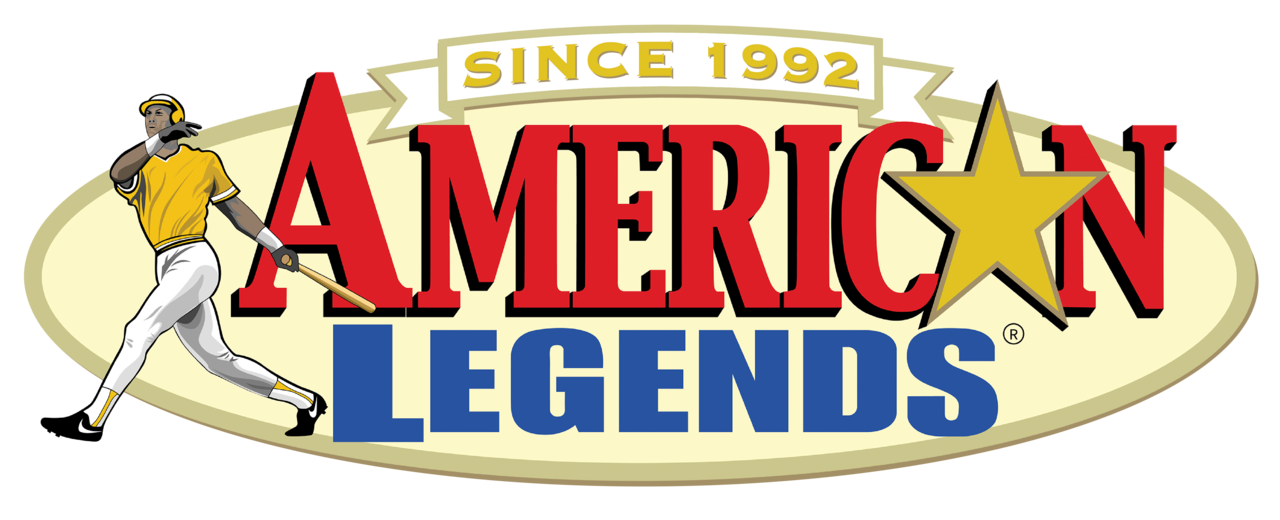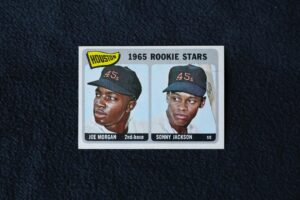Twelve-time Golden Glove Award winner and first-ballot Hall of Famer Willie Mays stands out as one of baseball’s all-time legends. With more than 3,000 games played and numerous records under his belt, Willie Mays defined his era.
That strong performance gave Willie Mays baseball cards a high value. Not all of the “Say Hey Kid’s” cards command equal prices, though. If you’re sorting through your card collection for the first time in years, you may not know what to look for.
That’s where we come in. Keep reading for more on the best Willie Mays cards.
Value Drivers for Willie Mays Baseball Cards
If you’re looking for how to value baseball cards, you need to start by looking into grading and authentication. Finding the potential value of a given card will require contacting an expert, but the drivers of value for any given card will come from how well the card has been preserved.
1951 Bowman #305
The 1951 Bowman commands the highest value of any Willie Mays card, though no known copies graded Gem Mint 10 exist. The 1951 Bowman was the first Willie Mays card ever printed, coming late in the print run for that year and further adding to its rarity.
1951’s Bowman #305 represents one of two options for those interested in owning a Willie Mays rookie card. For those looking for how to find value of sports cards, rookie cards often command a high price as they require someone to have purchased and preserved the card before anyone knew the player’s star would shine so bright.
1952 Topps #261
Alongside the previous card, the 1952 Topps #261 serves as one of Willie Mays’s rookie cards. Unlike the 1951 Bowman, a Gem Mint 10 specimen exists, owned by Ken Kendrick, the principal owner of the Arizona Diamondbacks.
1952’s Topps set marked the first time Topps issued a proper set of baseball cards. (While they did release a set in 1951, these resembled playing cards and served as pieces in a game, unlike more typical baseball cards.) As such, even though the set came the year after Bowman’s, this card still holds the distinction of “rookie card” for Mays among Topps collectors.
1952 Bowman #218
The 1952 season for Willie Mays marked a strange time in the great’s career. One of the best Willie Mays baseball cards came at a time when he left the professional scene. He played a handful of games in 1952 but missed more than 250 games between 1952 and 1953.
At the end of the 1951 baseball season, Willie Mays joined the United States Army as part of the draft during the Korean War. Rather than playing in a Major League Baseball ball club, he played as part of a military baseball team with other professional and semi-professional baseball players.
This gap in Mays’s career may have contributed to this card’s “sleeper hit” status. While not as popular or as valuable as the Topps card from the same year, it pulls a value about half that of 1952’s Topps #261 Mays.
1966 Topps #215
If you want to look at an underrated gem among Willie Mays cards, look at this one. This card features three players. Willie Mays shares the stage with fellow greats Hank Aaron and Roberto Clemente.
This card tells the story of an incredible era of baseball. These three, noted as the National League’s batting leaders of the year, were all first-ballot Hall of Famers. (Roberto Clemente entered the Hall of Fame on a special ballot in 1973 after his death on New Year’s Eve in 1972.)
The 1966 Topps #215 represents the power of nostalgia in baseball card collecting. Highlighting three all-time greats, this card has the power to bring back a wide range of memories of this incredible age of the sport.
1952 Berk Ross
Historical curiosities also drive the value of cards. New York photographer Berk Ross produced sets of baseball cards that card historians believe sold in the New York area. Most cards featured New York players as well.
This Willie Mays card came alongside boxes of popcorn. Card historians think this issue ended with a lawsuit against the popcorn producers by New York Giants players.
The value of these cards has climbed in recent years. More collectors realize now than ever before that these cards represent a valuable and unique slice of baseball history.
1952 Coca-Cola Playing Tips Test
The 1952 Coca-Cola Playing Tips set, which came with packs of Coca-Cola, didn’t include Willie Mays. He was featured in an early test run of the product alongside Phil Rizzuto.
These cards represent a transitional era in American advertising as much as they do a transitional era in American baseball. African Americans faced exclusion from mass advertising in the era and many advertisements targeting them ran in narrow-targeted publications. Cards like these highlight the slow change in marketing attitudes taking place in 1950s and 1960s America.
Other Rare Issues
While these represent a mix of very rare cards and historical curiosities, many Willie Mays cards hold collectible status. Knowing what to look for can help you sort the wheat from the chaff in your own collection.
Era
Most of the most valuable Willie Mays cards come from the 1950s and 1960s. Cards from the height of Mays’s career will command higher values at auction. Later issues hold less value, with a few exceptions.
Curiosities
Like the Coca-Cola pack-in card and the Berk Ross popcorn card mentioned earlier, some cards derive their value from their novelty among collection pieces. Having a unique piece of history can further increase the value of a baseball card.
Say Hey!
Willie Mays baseball cards commemorate the career of one of baseball’s all-time legends. Whether they highlight contradictions by coming from a year he didn’t play in the major leagues or mark changes in the American landscape surrounding baseball, almost every Mays card has a story to tell about the era.
Interested in picking up a Willie Mays card? Do you want to sell your collection to a reputable buyer? Contact American Legends to discuss your collection.
At American Legends, we’ve bought and sold collections of any size for more than 40 years. Mark Rubin of American Legends used to collect as well, giving him a collector’s perspective on buying and selling sports cards.


